Fishing With Dough Baits: Do They Really Work for Catfish?
In the vast world of catfishing, anglers are constantly searching for the perfect bait to entice these whiskered predators. While cut bait, live bait, and artificial lures dominate many tackle boxes, dough baits have carved out their loyal following among catfish enthusiasts. These malleable, often scented concoctions promise convenience and effectiveness, but do they deliver results? For generations, fishermen have debated the merits of dough baits, with opinions varying widely based on personal experience, fishing conditions, and target species. This comprehensive guide explores the effectiveness of dough baits for catfish fishing, examining their composition, application techniques, and real-world performance to help you determine if they deserve a place in your catfishing arsenal.
The History and Evolution of Dough Baits
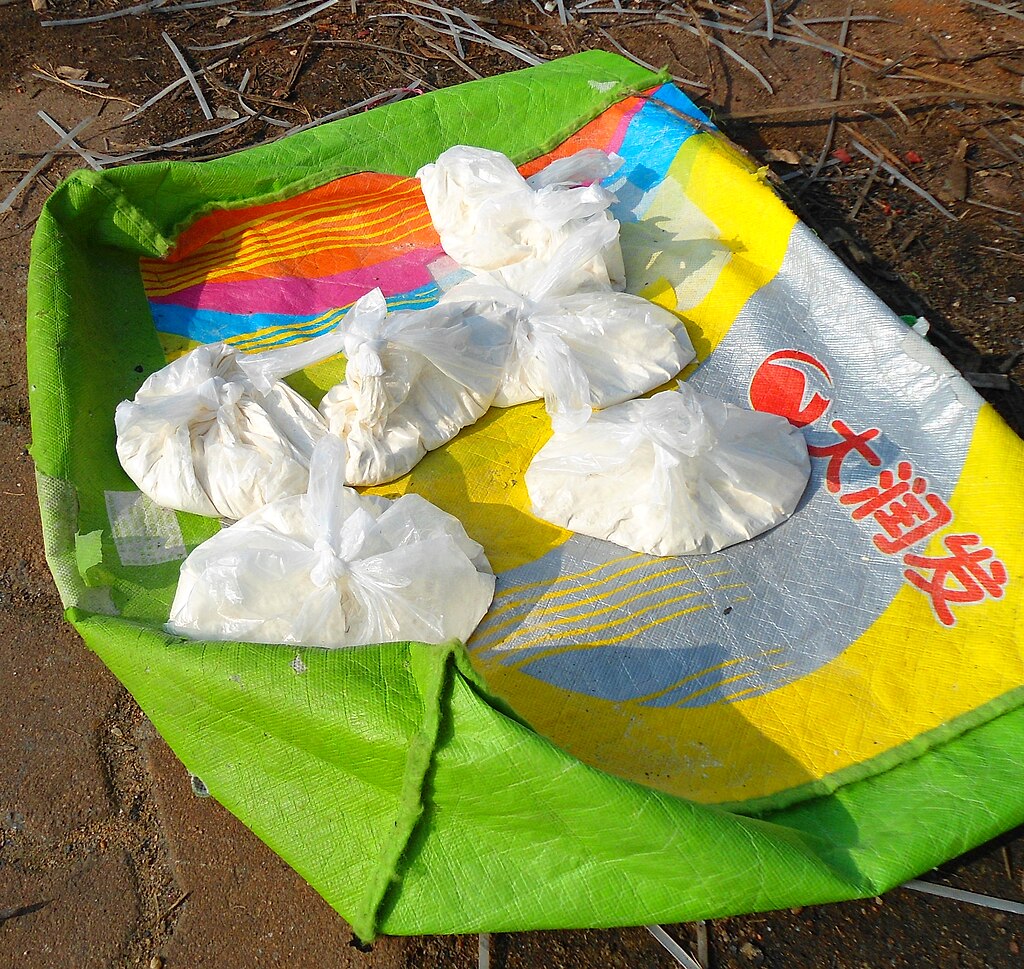
Dough baits have humble beginnings that trace back to early subsistence fishing when anglers would mix flour, water, and various attractants to create homemade fishing pastes. These early concoctions were born of necessity, providing a cost-effective alternative when traditional baits weren’t available. Through decades of experimentation, these simple mixtures evolved from basic bread-based doughs to sophisticated formulations incorporating specialized attractants, preservatives, and binding agents. Commercial production began in earnest during the mid-20th century, with companies developing proprietary blends designed specifically for catfish. Today’s dough baits bear little resemblance to their ancestors, having been refined through scientific testing and angler feedback to maximize their appeal to catfish while maintaining the convenience and durability that made them popular in the first place.
Understanding the Science Behind Dough Baits
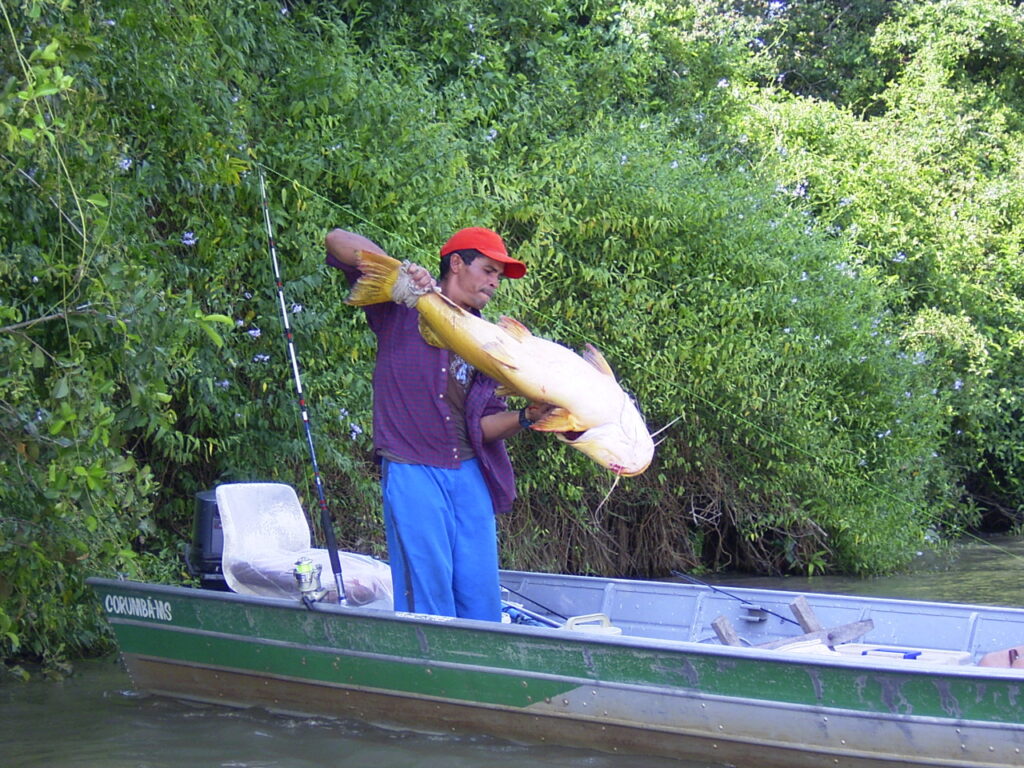
The effectiveness of dough baits relies heavily on their chemical composition and how these compounds interact with a catfish’s sensory system. Catfish possess extraordinarily sensitive chemoreceptors, with taste buds distributed not only in their mouths but also across their barbels, fins, and even portions of their bodies. Modern dough baits capitalize on this unique sensory apparatus by incorporating amino acids, blood proteins, and other compounds that mimic the chemical signatures of natural prey items. Many formulations also include enhancers that actively disperse through the water column, creating a scent trail that can attract catfish from considerable distances. The semi-solid consistency of dough baits serves another crucial scientific purpose – it allows for the gradual release of these attractants, potentially maintaining an effective scent field longer than some natural baits that quickly wash out.
Types of Commercial Dough Baits

The commercial dough bait market offers an extensive array of options tailored to different fishing conditions and catfish species. Punch baits represent one popular category, featuring extremely pungent formulations that anglers “punch” with a specialized tool rather than handling directly. Dip baits provide another approach, designed to coat artificial lures or bait holders with a sticky, scent-infused layer that slowly dissolves underwater. Traditional molded dough baits come in pre-formed nuggets or malleable tubs that anglers can shape directly onto hooks. Many manufacturers have developed specialized lines targeting specific catfish species, with distinct formulations for channel catfish, blue catfish, and flatheads. The scent profiles vary dramatically across brands and product lines, incorporating everything from cheese and garlic to blood, shrimp, chicken liver extracts, and proprietary blends of attractants that manufacturers guard as closely as any corporate secret.
DIY Homemade Dough Bait Recipes

Creating effective homemade dough baits allows anglers to customize their approach while potentially saving money compared to commercial alternatives. A classic base recipe begins with a binding agent like flour or cornmeal, combined with water to create the desired consistency, and then enhanced with attractants that appeal to catfish. Many successful homemade formulations incorporate cheese (particularly strong varieties like limburger), garlic powder, blood meal, chicken livers (blended to a paste), commercial fish attractants, or even unusual ingredients like Jell-O mix or bacon grease. The key to effective homemade baits lies in achieving the right balance between consistency and scent dispersion – too firm and they won’t release enough attractant; too soft and they’ll wash off the hook before a catfish can find them. Experienced anglers often recommend “aging” homemade dough baits, allowing them to ferment slightly before use to intensify their scent profile and appeal to catfish.
Effectiveness for Different Catfish Species
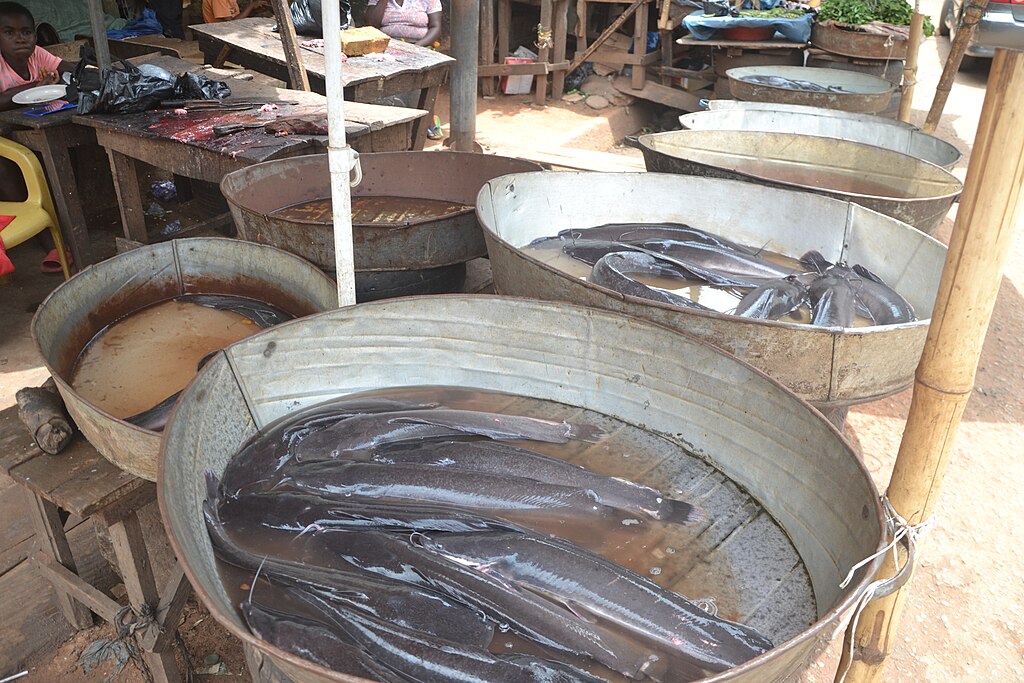
The three primary catfish species targeted by North American anglers – channel catfish, blue catfish, and flathead catfish – respond differently to dough baits based on their natural feeding behaviors. Channel catfish, being the most opportunistic feeders of the three, typically show the strongest positive response to dough baits, particularly those with cheese or blood-based scent profiles. Blue catfish, especially larger specimens, tend to favor fresh cut bait over dough products, though some anglers report success with particularly pungent dough formulations when blues are actively feeding. Flathead catfish, as dedicated predators that primarily target live prey, generally show the least interest in dough baits of any kind. Water temperature significantly influences these preferences, with dough baits generally performing better in warmer water when catfish metabolism is higher and they’re more receptive to strongly scented offerings. Many successful catfish anglers maintain that dough baits work best as a supplementary option rather than a primary strategy for trophy-class fish of any species.
Seasonal Effectiveness of Dough Baits

The changing seasons dramatically influence the effectiveness of dough baits for catfish, with their peak performance typically occurring during warmer months. Spring offers increasing opportunities as water temperatures climb above 60°F, triggering more active feeding behavior in catfish populations emerging from their winter lethargy. Summer represents prime time for dough bait effectiveness, especially for channel catfish, as warm water accelerates their metabolism and enhances their response to scented baits. Fall brings variable results, with dough baits remaining effective during early autumn but gradually losing appeal as water temperatures drop and catfish begin shifting to more substantive forage in preparation for winter. Winter generally marks the low point for dough bait effectiveness, as cold water significantly reduces catfish activity and diminishes their interest in heavily scented options. Successful anglers adjust their dough bait presentations seasonally, using softer, more rapidly dispersing formulations in cold water and firmer, longer-lasting options during summer heat.
Techniques for Rigging Dough Baits
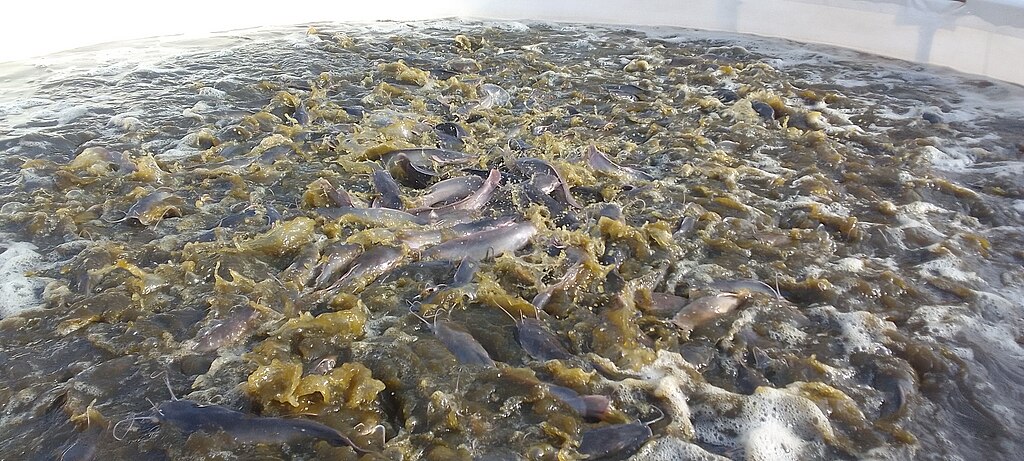
Proper rigging significantly impacts the effectiveness of dough baits, with several specialized approaches developed to maximize their appeal and staying power. The treble hook method involves molding dough bait around a treble hook, creating multiple anchor points that help the bait stay secure during casting and retrieval. Sponge hooks and spring-loaded bait holders provide specialized options for particularly soft dough formulations, offering a matrix that holds the bait in place while allowing scent dispersion. For firmer dough products, standard J-hooks (typically sizes 2/0 to 6/0 depending on bait size and target fish) often prove effective when the bait is threaded onto the hook and shaped to cover both the point and shank. Many experienced catfish anglers enhance their dough bait presentations by incorporating spinner blades or colored beads above the hook, adding visual and auditory attractants to complement the scent profile. Regardless of specific rigging style, successful anglers typically ensure their dough bait presentations include enough weight to maintain bottom contact, where most catfish spend the majority of their time.
Environmental Factors Affecting Dough Bait Performance
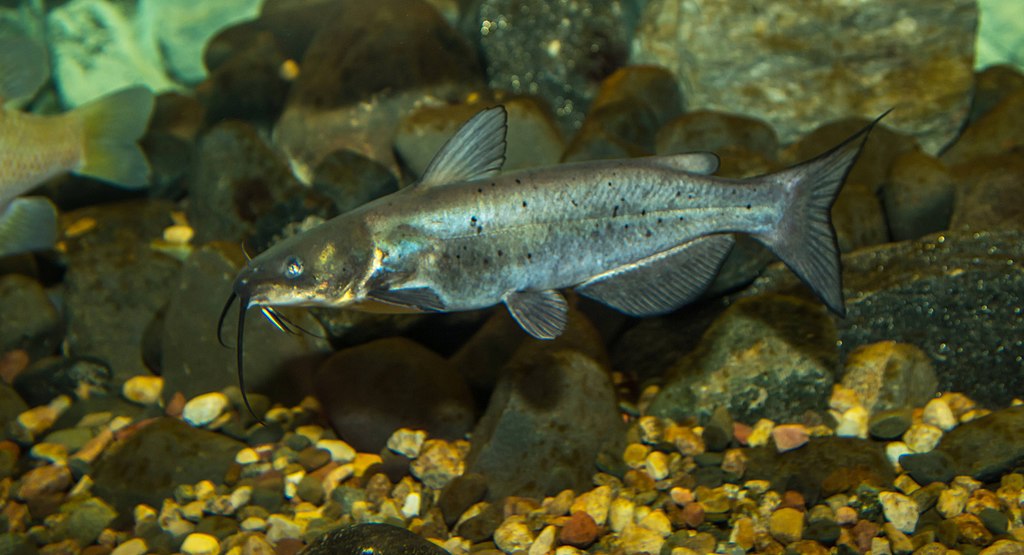
The effectiveness of dough baits varies considerably depending on environmental conditions that influence both the bait itself and catfish behavior. Water clarity plays a significant role, with dough baits often performing better in murky or stained water where their scent dispersion becomes more important than visual appeal. Current strength directly impacts how quickly scent compounds disperse from dough baits, with moderate flows typically providing ideal conditions for creating an effective scent trail without prematurely washing out the bait. Water chemistry factors, particularly pH levels, can affect how certain attractants in dough baits interact with the environment and whether they maintain their effectiveness. Temperature remains perhaps the most critical environmental variable, with most dough baits performing optimally between 70-85°F when catfish are most active and their sensory systems most receptive. Understanding these environmental influences allows anglers to select appropriate dough bait formulations for specific conditions, potentially increasing their success rates across diverse fishing scenarios.
Comparing Dough Baits to Live and Cut Bait
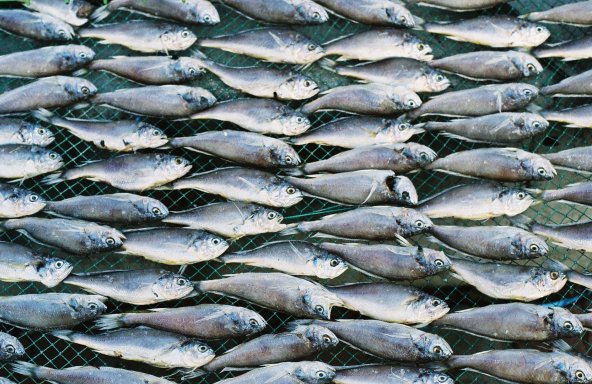
When evaluated against traditional catfish offerings like live and cut bait, dough baits present distinct advantages and limitations that influence their effectiveness. The convenience factor significantly favors dough baits, as they require no special storage, remain usable for extended periods, and eliminate the mess associated with handling live bait or preparing cut bait. In terms of pure catching power, however, most experienced catfish anglers acknowledge that fresh cut bait generally outperforms dough options, particularly for larger blue and flathead catfish that rely heavily on natural feeding patterns. Live bait maintains its position as the gold standard for trophy flathead catfish, though dough baits can sometimes outperform live offerings for channel catfish in certain conditions. Cost considerations present another comparison point, with dough baits typically offering a more economical option than purchasing live bait for each fishing trip, though potentially more expensive than utilizing locally caught cut bait. Many successful catfish anglers ultimately adopt a hybrid approach, carrying dough baits as a convenient backup while primarily relying on natural baits for serious trophy hunting.
Tournament Anglers’ Perspectives on Dough Baits
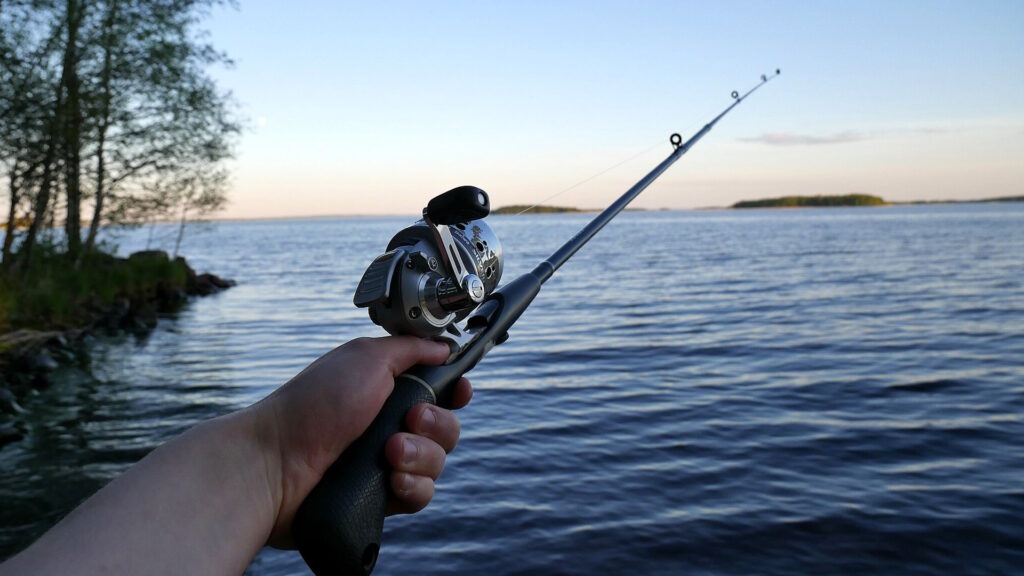
The competitive catfish tournament circuit provides valuable insights into the real-world effectiveness of dough baits under pressure situations. While some tournament anglers incorporate dough baits into their arsenals, particularly for targeting numbers of eating-size channel catfish, the majority of top finishers in major events rely primarily on fresh cut bait for consistently landing larger fish. Tournament statistics reveal interesting patterns, with dough baits accounting for approximately 15-20% of competitive catches but representing a significantly smaller percentage of tournament-winning fish by weight. Professional anglers who do utilize dough baits in competitions typically do so in specific scenarios, such as fishing highly pressured waters where catfish have become conditioned to avoid traditional offerings, or during summer tournaments when channel catfish are particularly receptive to scented options. The tournament community generally views dough baits as specialized tools rather than primary strategies, valuable in certain situations but not typically the first choice when trophy fish or winning weights are the priority.
Real-World Success Stories with Dough Baits

Despite the skepticism some anglers harbor toward dough baits, numerous documented cases demonstrate their potential effectiveness in the right circumstances. One notable example comes from Texas angler Michael Peterson, who landed a 27-pound channel catfish on a garlic-cheese dough bait while fishing a summer tournament on Lake Tawakoni, setting a lake record for the species. In California’s Sacramento-San Joaquin Delta, guide service reports indicate that specially formulated blood-based dough baits consistently produce limits of channel catfish during warm weather patterns, occasionally including fish exceeding 15 pounds. Perhaps most impressively, Oklahoma catfish specialist Terry Williams documented catching over 200 channel catfish in a single weekend using nothing but homemade dough bait, with his largest fish weighing 18.5 pounds. Community fishing forums contain thousands of testimonials from recreational anglers who have experienced unexpected success with dough baits, particularly in heavily fished public waters where catfish may have developed wariness toward more traditional offerings.
Tips for Maximizing Dough Bait Effectiveness

Anglers looking to optimize their results with dough baits can employ several proven strategies to increase their catch rates. Proper bait size represents a critical factor, with most successful anglers matching their dough bait portions to approximately the size of a large grape for average catfish, adjusting larger or smaller based on the target fish size. Scent enhancement techniques can amplify dough bait appeal, including pre-treating hooks with fish oils, alternating between different scent profiles to determine daily preferences, or even “charging” commercial dough baits with additional attractants like anise oil or garlic spray. Many experts recommend establishing a scent trail by periodically casting and retrieving through the same area, allowing the dough bait to disperse attractants throughout the fishing zone before settling into a more patient presentation. Perhaps most importantly, successful dough bait anglers emphasize location fundamentals – even the most appealing bait will fail if not presented in areas where catfish naturally feed, such as channel edges, submerged structure, or depth transitions that concentrate fish movements.
The Verdict: Do Dough Baits Work?

After examining the evidence from multiple perspectives, the effectiveness of dough baits for catfish appears highly contextual rather than offering a simple yes-or-no verdict. Dough baits demonstrably work well for channel catfish, particularly in warmer water conditions when these opportunistic feeders are actively searching for food sources. Their effectiveness decreases significantly for larger blue catfish and flathead catfish, with exceptions occurring primarily when these species are in highly active feeding patterns. Environmental factors heavily influence success rates, with dough baits performing optimally in moderately warm, slightly turbid water with gentle current flow. When compared directly with premium natural baits like fresh shad, skipjack, or live offerings, dough baits typically produce lower overall catch rates but maintain advantages in convenience, storage, and sometimes availability. The final assessment must acknowledge that while dough baits may not represent the ultimate catfish offering for trophy hunters, they have earned their place in the catfishing community through consistent performance in specific situations, particularly for anglers prioritizing convenience without sacrificing reasonable catch opportunities.
Conclusion

In conclusion, dough baits occupy a legitimate, if somewhat specialized, position in the catfish angler’s arsenal. Their effectiveness varies considerably based on target species, environmental conditions, and application techniques, making them neither a miracle solution nor a worthless option. For channel catfish enthusiasts, particularly those fishing in warmer months or targeting eating-size fish, quality dough baits can provide a highly effective and convenient alternative to natural offerings. Blue and flathead catfish specialists may find less consistent results but should not dismiss dough options entirely, especially as supplementary presentations. The ultimate measure of any bait’s value lies in the confidence it gives the angler using it, and for countless catfish enthusiasts who have experienced success with dough baits in their specific fishing situations, that confidence is well-earned through fish in the boat.
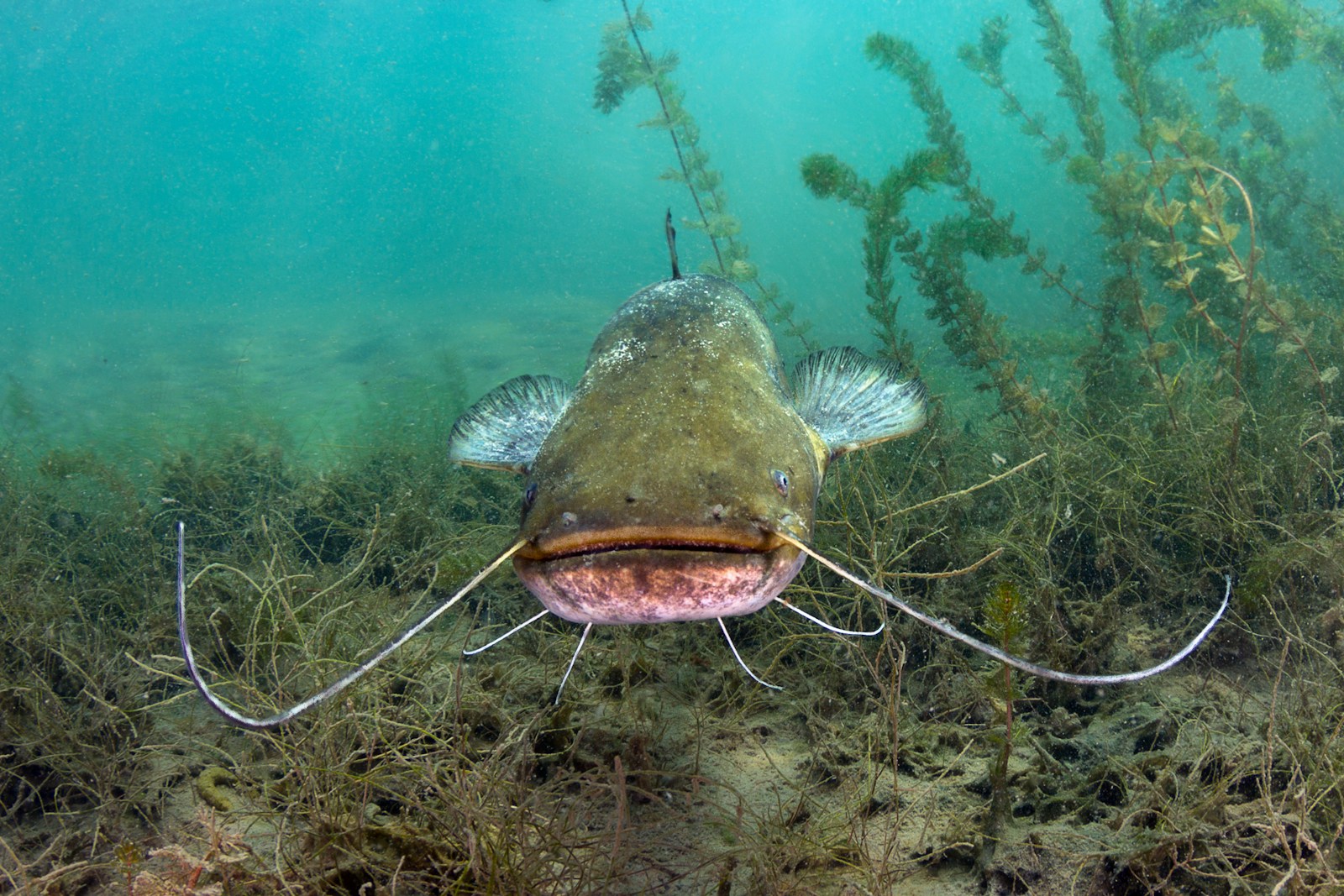
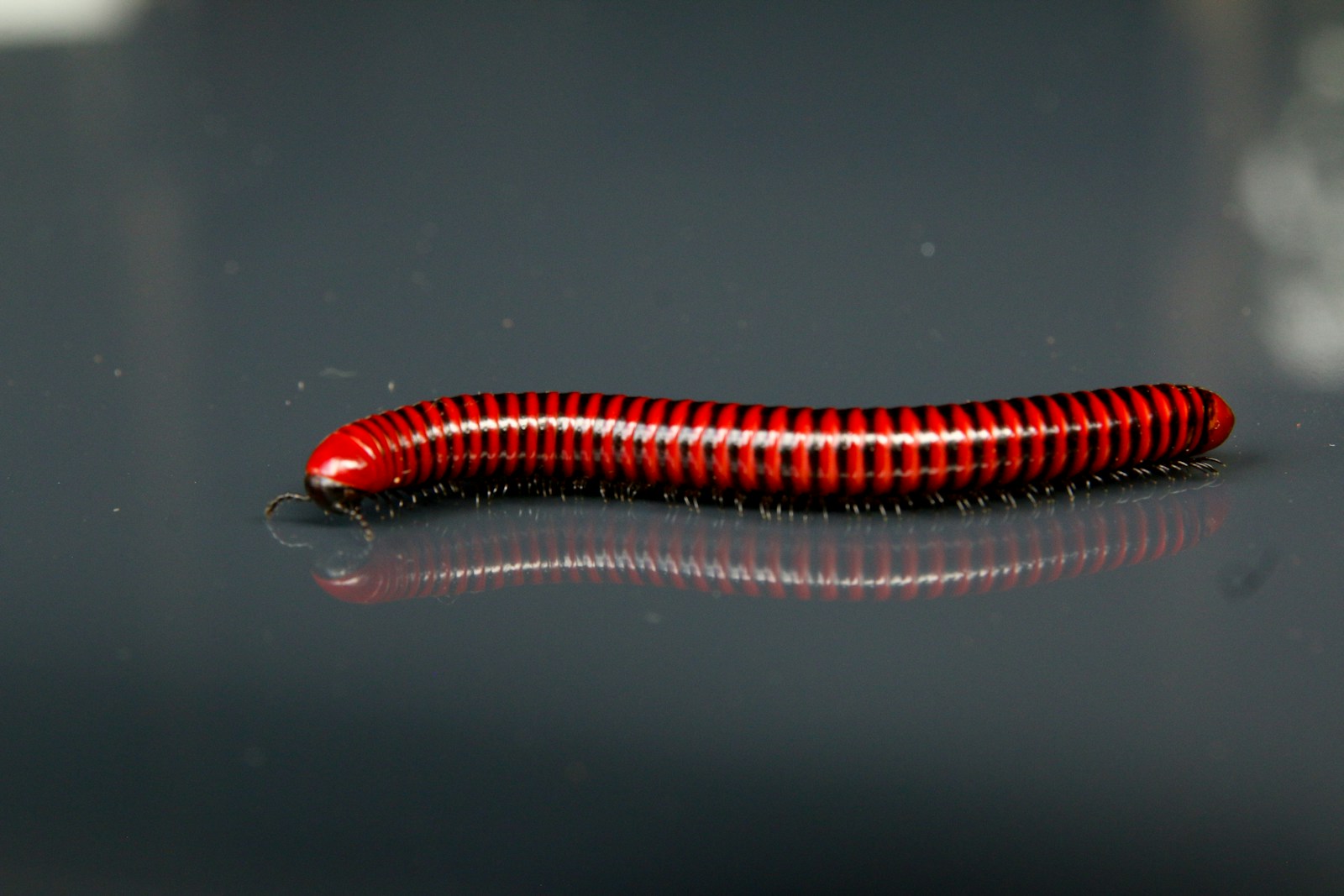
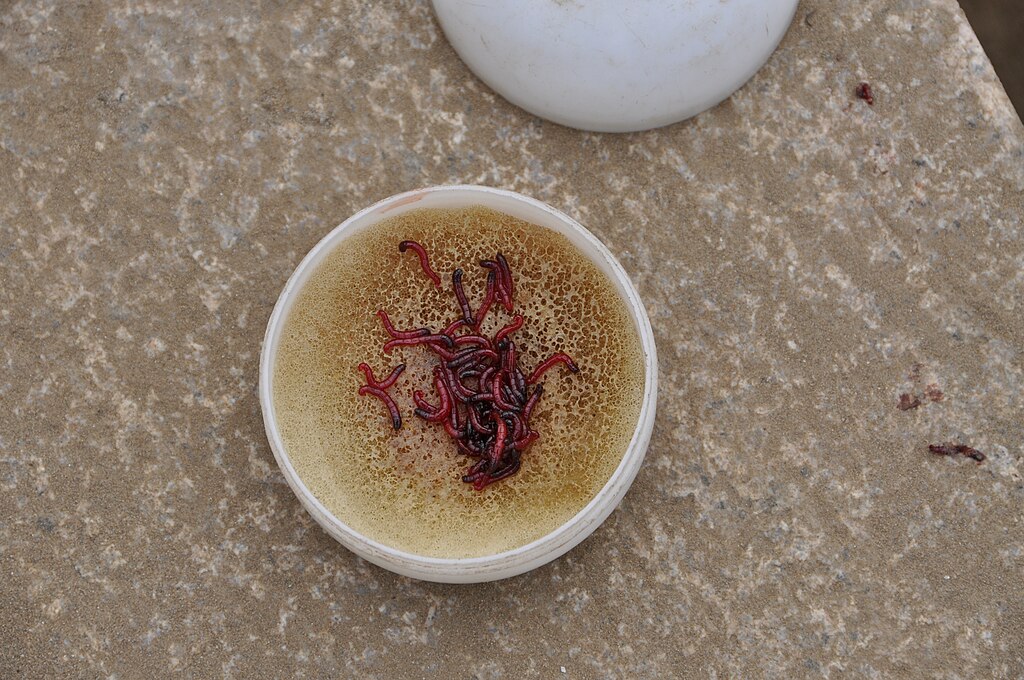











Post Comment